a Special Newsletter Series
Pangolins – the ugliest most beautiful threatened animal in the world!
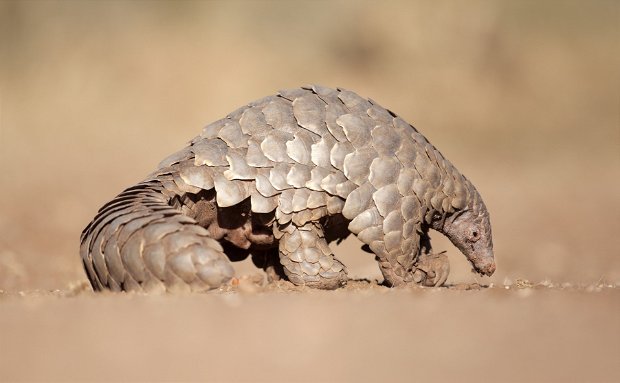
Pangolin or Armadillo?… it’s no surprise that many people often get the two animals mixed up. These two small-to-medium-sized insectivores both possess hard scales made of keratin, which is the same material in human fingernails and toenails.
We won’t find Armadillos in the wild in Southern Africa, they only appear in the Americas. Pangolins on the other hand are native to Southern Africa and South Asia.
Both species eat similarly, ie termites, ants and larvae. The Armadillo does eat fruit and invertebrates as well. Both dig for their food. Pangolins will also peel bark from the trees for insects. Our Pangolin doesn’t have teeth but rather relies on his long sticky tongue to catch and swallow his food whole…that tongue is more than 40cm in length.
That said, of the two species, the pangolin is closer to death’s door. Due to their popularity in traditional medicines, make believe cures, and delicate meat, pangolins represent one of the most heavily trafficked animals in the world, and most of the 8 species face extinction. 4 of these species are from Africa.
To defend themselves against predators – sadly not humans! - the Pangolin can curl into an armour plated ball due to his unique overlapping scale ‘system’. Only a few species of Armadillo can curl into a ball, as their armour is too tight and doesn’t individually overlap. The Pangolin can also excrete a noxious chemical from anal glands. At least the Armadillo will try and run away(at great speed) in to cover or will even try and dig a hole.
The bad news is, that especially the Pangolin, is severely threatened by extinction because of harvesting and smuggling of their scales and their meat!
Over a period of 4 years over 200 tonnes of scales were confiscated in seizures. This is only a fraction of what is actually smuggled. The biggest culprits seems to be Vietnam and China, where most of the scales are being shipped to.
What can we do to help the Pangolin’s plight?
- Report sightings
- Join a Pangolin saving Team – as a Blogger, Influencer, Social media etc.
- Donate to Pangolin protection
- Report a Wildlife crime: https://www.wwf.org.uk/reportingiwt
- Contact us and we will get you to the right people.
Where to view a Pangolin?
This should be on every game viewers’ top list of animals to see. It is very difficult to find. In South Africa pangolins inhabit the areas of Northern Kwa-Zulu Natal, Mpumalanga, Limpopo and parts of North-West Province. Then also in Namibia, Zimbabwe, Botswana and Mozambique.
Let us take you to specific places and lodges where we can view these endangered but fantastic mammals.
Further Reading
a Special Newsletter Series
a Special Newsletter Edition


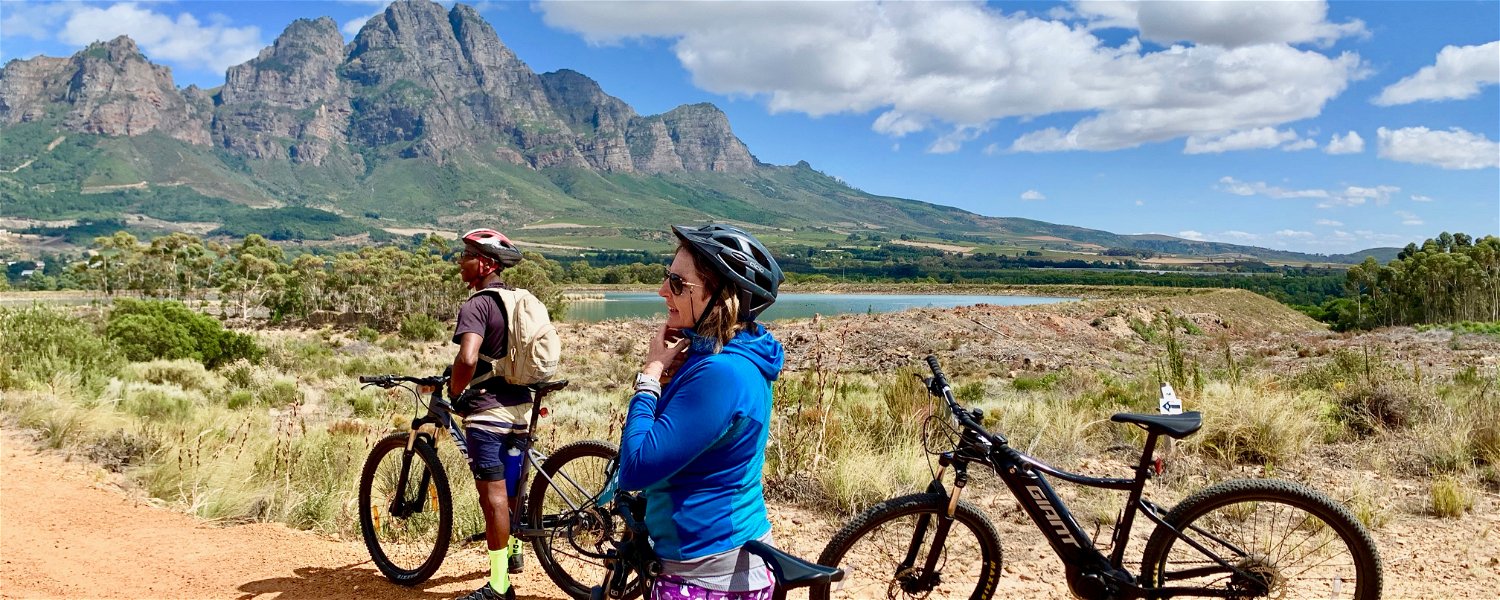
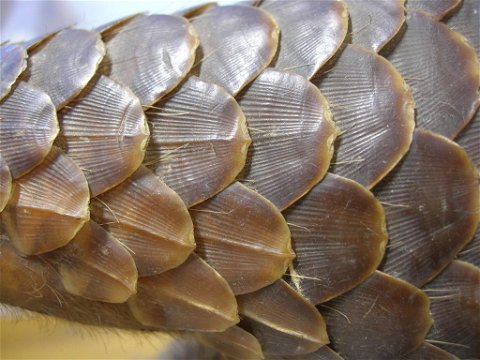
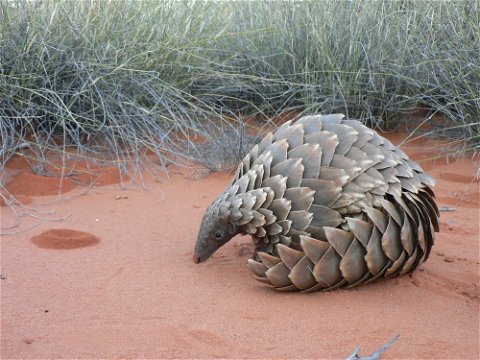
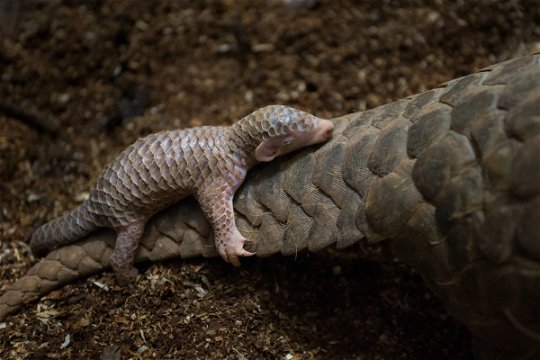
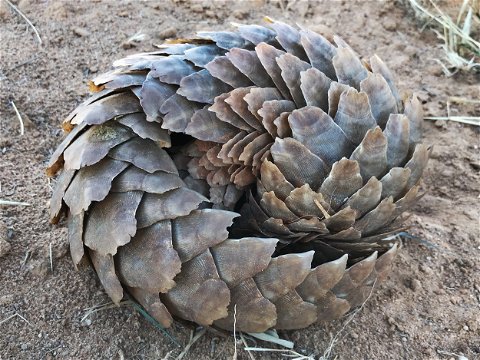







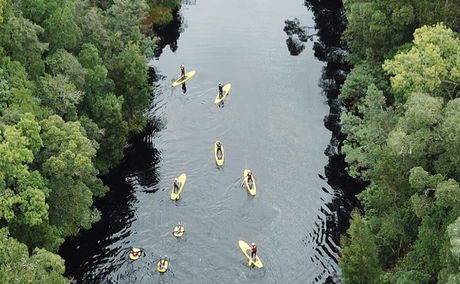
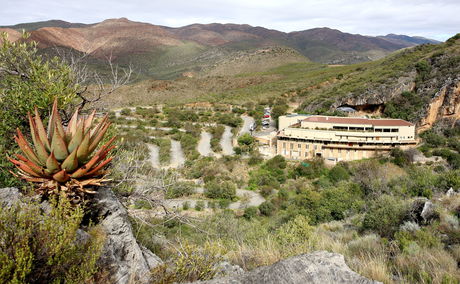
Share This Post